What do young people in crisis need from their communities?
Crisis Text Line published a report in partnership with Common Good Labs that identifies resources needed to address the epidemic of depression and suicide found among young people in the United States.
This research is based on analysis of data from more than 85,000 anonymized conversations with crisis counselors using natural language processing. The full report can be found here.
What did we learn?
Over five million adolescents experienced depression in 2022, up from two million in 2010. More than 1,500 died by suicide in the same year, compared to less than 1,000 in 2010.
Many experts agree that there is a connection between these increases and the rise of new challenges facing youth, such as social media, mass shootings, and opioid use. Unfortunately, these challenges are unlikely to change in the near future. Communities need solutions to improve youth mental health in the midst of these new realities.
Young people say there are six resources communities can provide to help them cope with mental health crises.
Each year, counselors at Crisis Text Line work with hundreds of thousands of young people in need of mental health support. Counselors help teens navigate through their immediate crisis and then make a plan to deal with similar crises in the future by identifying specific resources that help them cope with mental health distress.
Counselors track the resources young people mention in their conversation notes. When collected together, these notes represent one of the largest datasets revealing what youth look to for support and relief when coping with mental health crises.
Common Good Labs worked with Crisis Text Line to analyze the resources mentioned by young people in over 85,000 anonymized conversations. This revealed six resources that youth in crisis say they need from their communities to help them cope:
Opportunities for social connection
Engagement in music, writing, visual, and performing arts
Mental health services
Exercise and sports programs
Books and audiobooks
Outdoor spaces and nature
Unfortunately, communities have been cutting programs that provide the resources youth in crisis need.
Local governments cut funding for parks by more than $2.5 billion dollars from 2010 to 2021. Opportunities for social connection and playing sports also shrank considerably during this time — even though the youth population increased. The number of children participating in clubs fell by 1.8 million and the number playing high school sports dropped by 1.4 million. Data indicates the availability of arts education decreased as well.
This means many young people are not accessing the resources that can help them cope with crises. We can see this in a number of examples.
Seven in ten children do not participate in clubs.
Five in ten adolescents with depression do not receive treatment.
Five in ten high schoolers do not play sports.
Four in ten children do not live near a library.
Communities should reframe their approach to mental health support and reinvest in providing the resources young people need. Extracurricular clubs, arts education, sports activities, libraries, and outdoor spaces are important programs for improving young people’s mental health in addition to the intrinsic value that each brings to local communities.
More information on these findings can be found in the full report.


